Introduction
The class 8 Science chapter 15 discusses natural phenomena: lightning and earthquakes, and the measures to be taken to minimize the destruction caused by these phenomena. Let us take a look at some important points discussed in the chapter.
Introduction to Natural Phenomena
- Any naturally occurring calamity or physical process is called natural phenomenon.
- Two destructive natural phenomena: lightning and earthquakes.
Static Charges
Methods of Charging
- A body can be charged by rubbing due to friction or by induction.
- The electrical charges produced by rubbing are called static charges.
Charging by rubbing
- When objects like plastic get rubbed with hair, it acquires a charge. Similarly, a glass rod gets charged when rubbed with a silk cloth.
- They get charged as they gain or lose electrons and that is why they can attract or repel the small pieces of paper depending on the type of charge they carry.
Charged objects
Objects that carry a charge by means of rubbing or other processes are called as charged objects.
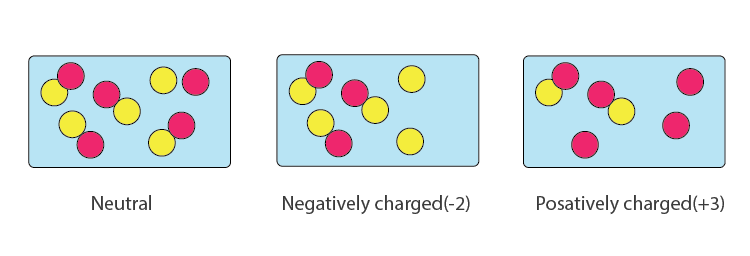
Interaction between like and unlike charges
Like charges repel, while unlike charges attract.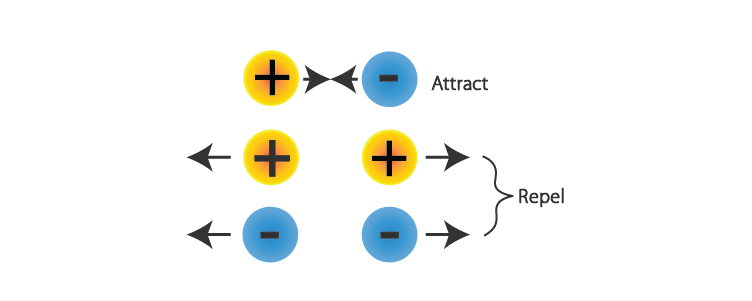
Convention of Positive and Negative charges
It is a convention to call the charge acquired by a glass rod when it is rubbed with silk as positive.
Transfer of charges
- Charges can be transferred through good conductors (metals) to another conducting material.
- The charge transfer is due to the movement of the electron from one atom to another.
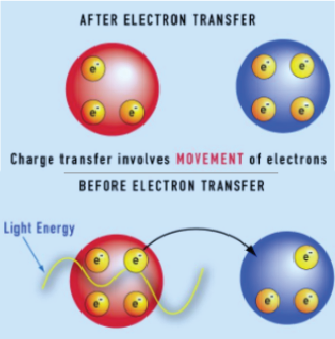
Electroscope
A device that can detect the presence of charge is called as an electroscope.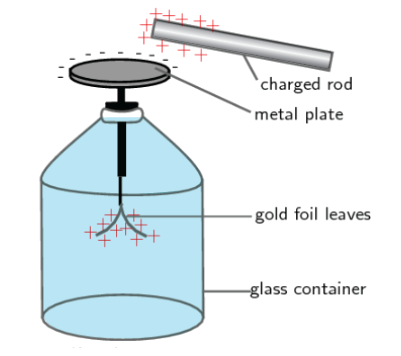
Discharged Objects
When objects lose their charge by transfer, they are known as discharged objects.
Earthing
The process of transferring charges from a charged object to the earth is called earthing.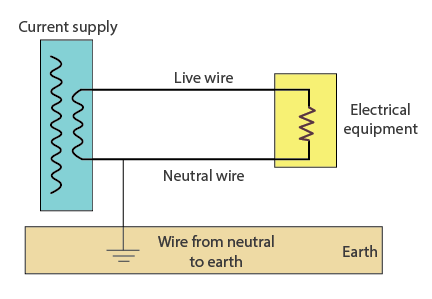
Lightning
Lightning: Introduction
- During thunderstorms, air currents move upwards and water droplets move downwards. This causes separation of charges between clouds and between clouds and earth.
- When the magnitude of charges increases, air (normally a bad conductor) starts conducting and allows the flow of electricity. This is called as lightning, as this flow of charge is accompanied by bright streaks of light and sound.
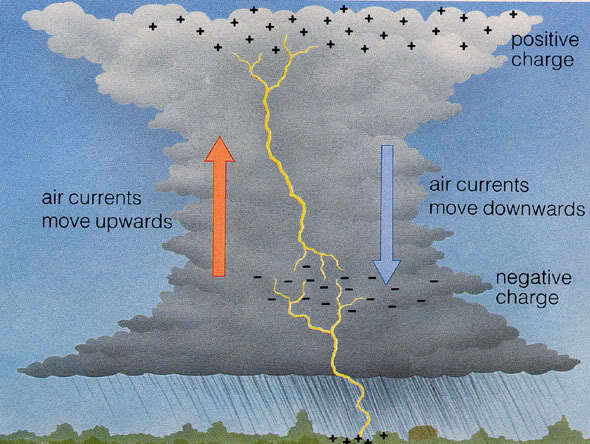
Electric Discharge
The process of flow of charge from cloud to cloud or from cloud to earth due to the separation of positive and negative charges is called an electric discharge.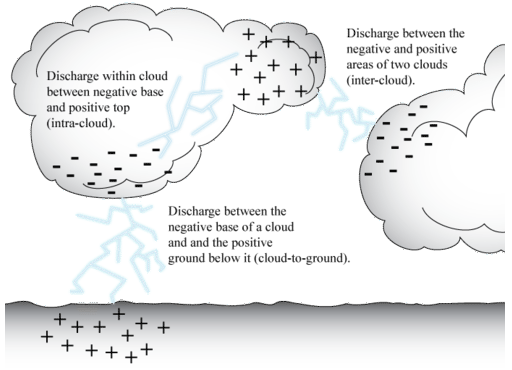
Lightning safety: Steps to follow
- Outside the house: (a) Find a safe place or shelter under small trees (b) If inside a car or vehicle, stay inside with doors and windows shut (c) Stay away from metal poles (d) Do not lie on the ground. Instead, crouch with your head in between your hands.
- Inside the house: (a) Avoid contact with telephone and electrical wires (b) avoid bathing (c) Unplug electrical appliances.
Lightning Conductors
- Lightning conductors help to protect buildings during lightning.
- They consist of a metal rod that is taller than the building which is installed within the walls during construction. They run all the way to the earth and act as a direct passage for electric discharge during lightning.

Earthquakes
Earthquake
- Earthquake is the sudden trembling of the surface of the earth due to disturbance deep inside the earth’s crust.
- Causes large-scale damage to life and property.
- Cannot be predicted.
Causes of earthquake
Earthquakes are caused due to movement or collision of tectonic plates in the uppermost layer of the earth’s crust.
Movement of plates
Earth’s crust is fragmented and each such fragment is known as a plate. These plates are constantly in motion and sometimes can collapse under another, causing an earthquake on the surface.
Structure of the earth

Seismic/fault Zones
Boundaries of the plates on the earth’s crust are weak zones where earthquakes are most likely to occur. These are known as seismic or fault zones.
Power of earthquake
- Power of an earthquake is expressed in terms of magnitude on a scale. This scale is called as a Richter Scale.
- An earthquake with magnitude > 7 on the Richter scale is considered destructive.
- This scale is not linear. i.e. an increase of 2 in magnitude implies 1000 times more destructive energy.
Seismic Waves
Tremors deep inside the earth produce waves, which are called seismic waves.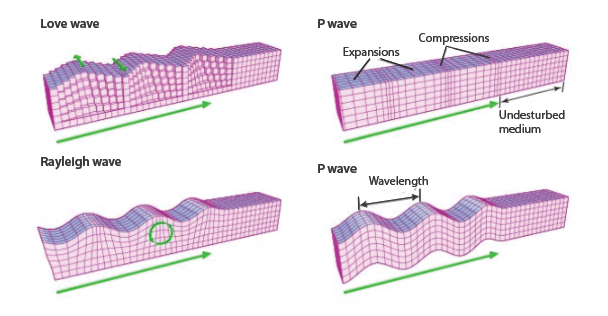
Seismograph
- An instrument that records seismic waves is called a seismograph.
- Consists of a vibrating rod or pendulum that starts vibrating when tremors occur.

Protection from an earthquake: Steps to follow
- Outdoors: (a) Find a clear spot, away from overhead lines and buildings (b) if in a car then go to a clear spot and stay inside the car till the tremors stop.
- Indoors: (a) stay under a table till tremors stop (b) Avoid staying near tall heavy objects.
- Structural measures: (a) in highly seismic areas build mud houses with light roofs in order to minimize damage (b) Fix cupboards and shelves to the walls (c) During an earthquake, some buildings catch fire and therefore must have proper working firefighting equipment.
Hope you like our work :)
For more chapters you can follow the link given below
For Link



Hello,
May I help you ?